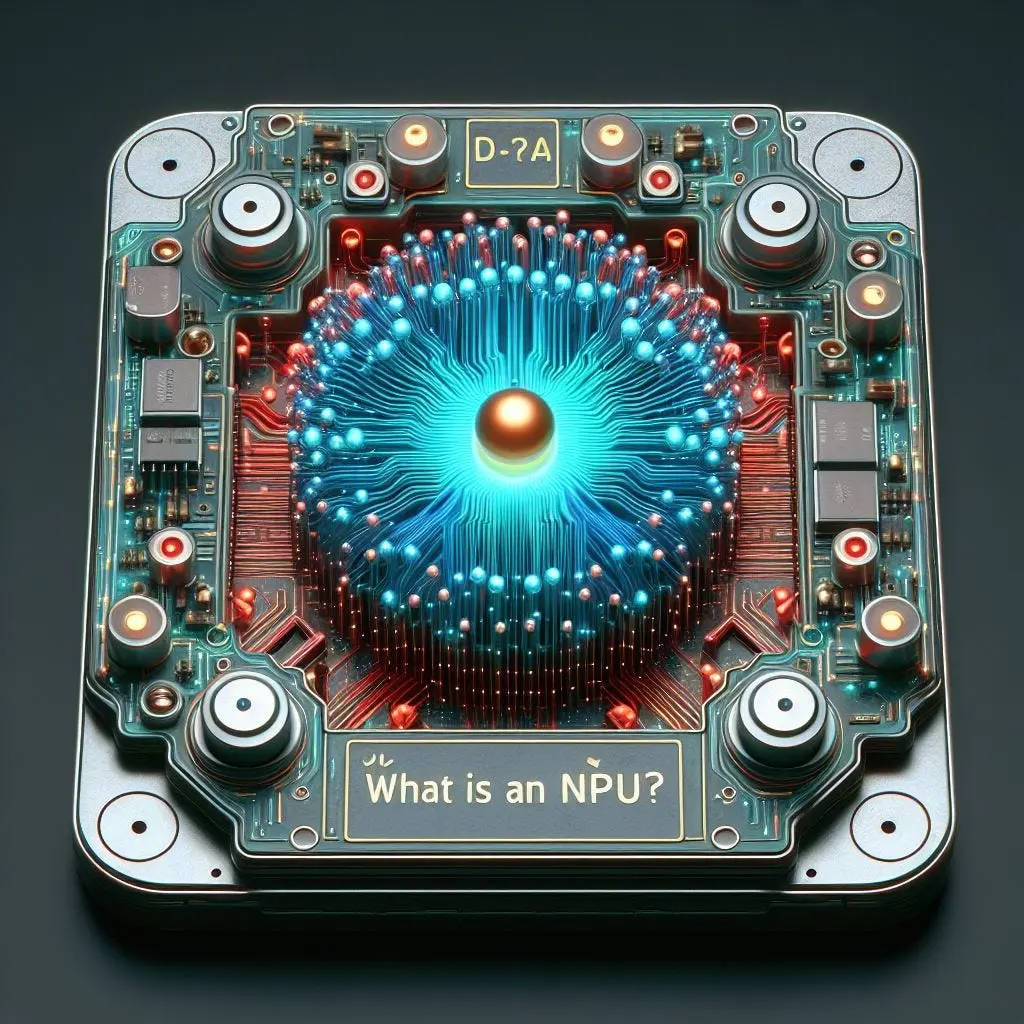In the realm of modern computing, a revolutionary technology is taking center stage: Neural Processing Units (NPUs). These specialized processors are designed to accelerate machine learning and AI workloads, heralding a new era of efficiency and performance in computing. Let’s delve into the world of NPUs, exploring their recent trends and weighing their pros and cons.
Understanding NPUs
Neural Processing Units (NPUs) have emerged as pivotal components in modern computing, particularly in the realm of artificial intelligence (AI) and machine learning (ML) applications. These specialized hardware units are designed to enhance the execution of neural network algorithms, which are fundamental to the advancement of AI technologies. Unlike traditional Central Processing Units (CPUs) and Graphics Processing Units (GPUs), which are general-purpose processors, NPUs are specifically optimized for the complex computations involved in deep learning, such as matrix multiplications and activation functions.

The optimization of NPUs for deep learning tasks stems from the unique requirements of neural networks. These networks consist of layers of interconnected nodes, or neurons, which process and transmit information. NPUs are adept at handling the parallel processing requirements of neural networks, enabling them to execute tasks like image recognition, natural language processing, and pattern recognition with remarkable efficiency.
Recent Trends in NPU Technology

1. Increased Integration: NPUs are being integrated into a variety of devices, from smartphones to data centers, enabling on-device AI capabilities and reducing reliance on cloud computing.
2. Efficiency Improvements: New NPU architectures are focusing on energy efficiency, allowing for more powerful AI computations with lower power consumption.
3. Customization: Many companies are developing custom NPUs tailored to their specific AI workloads, optimizing performance for their applications.
4. Edge Computing: NPUs are driving the trend towards edge computing, enabling AI processing to occur closer to the data source, reducing latency and improving privacy.5. Quantum Leap in AI: NPUs are facilitating advancements in AI research and applications, leading to breakthroughs in areas like natural language processing, computer vision, and autonomous systems
Pros and Cons of NPUs
Pros:
Speed: NPUs can perform AI computations much faster than traditional processors, speeding up AI inference and training.
Efficiency: NPUs are highly energy-efficient, making them ideal for mobile devices and IoT applications.
Scalability: NPUs can scale to handle large-scale AI workloads, making them suitable for data centers and cloud computing.
Specialization: NPUs are designed specifically for AI tasks, offering optimized performance for deep learning algorithms.
Cons:
Limited Use Cases: NPUs are primarily beneficial for AI workloads and may not offer significant advantages for general-purpose computing tasks.
Complexity: Integrating NPUs into existing systems can be complex and may require specialized knowledge.
Cost: Custom NPUs can be expensive to develop and deploy, particularly for smaller organizations.
Compatibility: NPUs may require software optimizations to fully leverage their capabilities, which can be challenging for some applications.
Here are some examples of companies that are using Neural Processing Units (NPUs) in their products and services:
Google: Google has been a pioneer in using NPUs for various AI applications. The company’s Pixel smartphones utilize a custom-built NPU called the Pixel Neural Core for enhancing camera features and other AI-driven functionalities.
Apple: Apple has integrated NPUs into its A-series chips to power features like Face ID, Animoji, and other AI-driven tasks on iPhones and iPads. The latest M4 chip also includes a Neural Engine for machine learning tasks.
Tesla: Tesla’s self-driving cars leverage NPUs for processing large amounts of sensor data in real-time to make driving decisions. The company’s Full Self-Driving (FSD) computer includes custom NPUs for this purpose.
Other examples:
Amazon (Echo devices)
Facebook (Data center AI applications)
NVIDIA (GPUs with Tensor Cores)
Microsoft (Azure cloud platform)
Huawei (Kirin chips in smartphones)
Conclusion
NPUs represent a significant advancement in computing technology, offering unparalleled speed, efficiency, and scalability for AI and ML applications. While they present challenges in terms of integration and cost, the benefits of NPUs in accelerating AI workloads and improving efficiency make them a valuable asset for organizations looking to harness the power of AI. As NPUs continue to evolve, their impact on the future of computing and AI is expected to be profound, shaping the way we interact with technology in the years to come.

